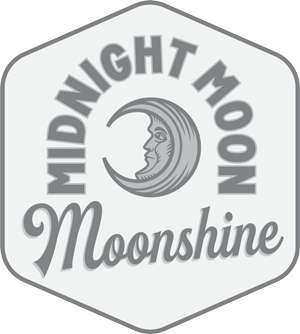How We Came to Live in an Era of Very Strange Booze Flavors
Tabasco-aged whiskey. Mushroom-blueberry cordial. Chai-spiked amaro. But why?
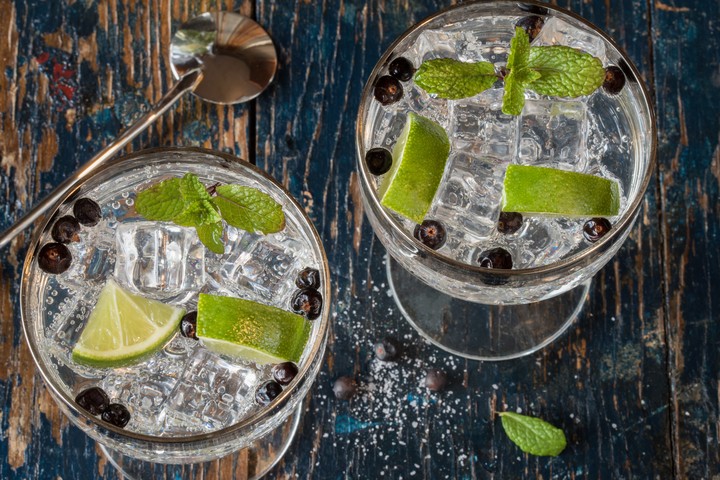
Photo by Michelle Arnold / EyeEm
What do you do when you’ve reached the end of the Internet, when Twitter runs out of follow suggestions and your porn searches route you to shit you’ve already watched? Maybe you try again to sleep. Or maybe, in a restless fit of detached 21st-century boredom, you open the fridge and roll up a grotesque mishmash of sriracha, mustard, marshmallow fluff, Caesar dressing and cold cuts.
That combo, when translated to commercial liquor choices, is the world we now inhabit.
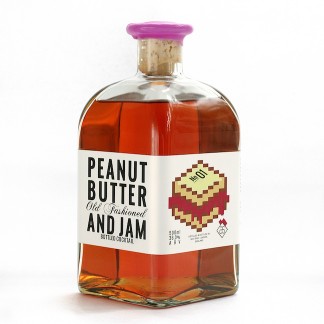
“We’re often trying to test the limits of what flavours are possible,” emails Matthew Hastings, head consultant for Aske Stephenson, a group of innovators who bottle and sell cocktails like the Peanut Butter and Jam Old Fashioned, the Cigar & Coffee Manhattan, and the Sesame & Popcorn Daquiri (inspired by a 1970s Playboy cocktail book). “Not much gets rejected.”
Aske Stephenson’s strange brews join a slew of modern releases that don’t make sense on the surface. Tamworth Distilling’s Black Trumpet Blueberry Cordial. Stillhouse Spirits’ Mint Chip Whiskey. Ole Smoky Distillery’s Salty Watermelon Whisky. George Dickel’s Tabasco Brand Barrel Finish whiskey. Townshend’s Distillery’s Kashmiri Amaro. And while my friends—and probably yours—forced shots of Prairie Fires (hot sauce and tequila) and Cement Mixers (Irish cream and lime juice) down my 21st birthday throat ages ago, it’s fair to say that we have more dissonant flavors debuting in packaged alcoholic drinks than at any time in American life.
It’s worth asking why our 2018 selves feel compelled to drink our way to the end of the saveur sidewalk then keep going. Feel free to argue that relatively recent drinking and dining trends paved the way: spicy foreign foods; the “my pepper is hotter than yours” phase; and the influx of astonishingly bitter European elixirs like Campari, Aperol, and their botanical brethren.
“What seems new is old. Really old. Like thousands of years,” says Drexel University Culinary Arts and Food Science professor Jonathan Deutsch of human eating habits. “If you look at Western historic menus and cookbooks, recipes read like they were written by an over-zealous culinary student given free reign over the spice rack. Our quest for novel flavors never really ended but does come in and out of fashion.”
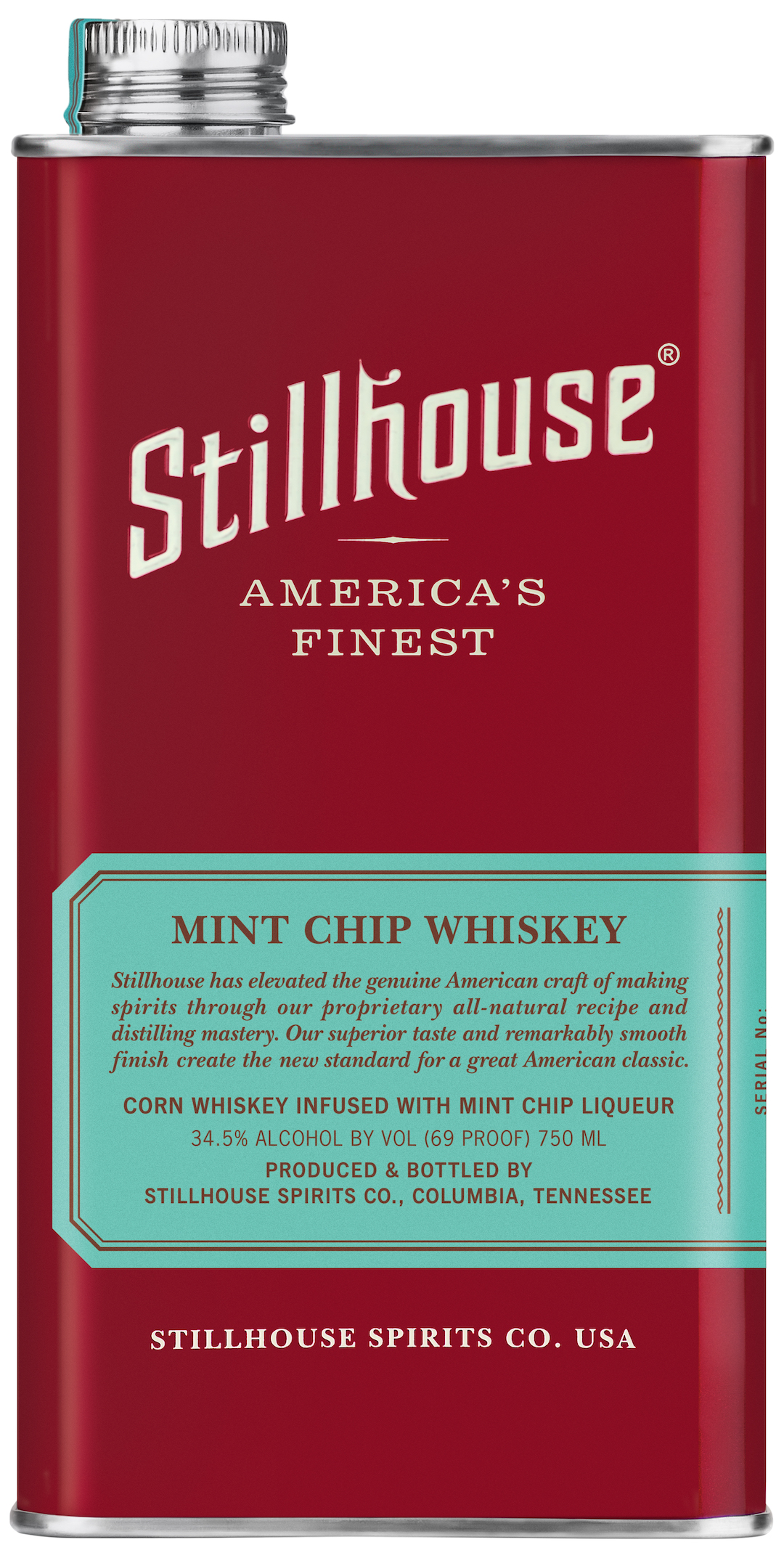
That cycle, he says, tends to alternate between “letting simple and unadorned food speak for itself, and relying on science, technology, and discovery to bring cuisine to new heights.” Steven Grasse gets this. The history-obsessed drink designer sends foragers out from his distillery Tamworth Distilling and Mercantile in New Hampshire to gather whatever they can find. One day they came back with blueberries and black trumpet mushrooms, which the land’s original Dutch settlers baked into breads. The result: Tamworth’s Black Trumpet Blueberry Cordial.
“The combination of black trumpet mushrooms and blueberries may seem odd to some, but both those ingredients grow wild in the land around the distillery,” says distiller Jamie Oakes. “It turns out black trumpet mushrooms and blueberries go together very well.”
Grasse’s team calls its somewhat scattershot natural approach “wilderness to bottle”—a neo-frontier philosophy that reflects Native and early Americans’ need to basically feed on what they could find.
“I see this as a classic American way of engaging with flavors,” says Portland, OR, distiller Seth O’Malley of Townshend’s, who incorporates Indian black tea, cardamom, and black pepper into herbaceous Italian amaro. “Being a relatively young culture, we still have flexible notions of what can go where, and it’s hard to point to a single homegrown dogma that dominates our culinary sensibilities. If there is a dogma, it’s that any combination goes, as long as we like the way it tastes.”
At their most basic, novelty drinks give consumers something to break up their boredom and entertain them. From a producer perspective, brand extensions primarily equate to adding SKUs to shelves and getting butts in bar stools.
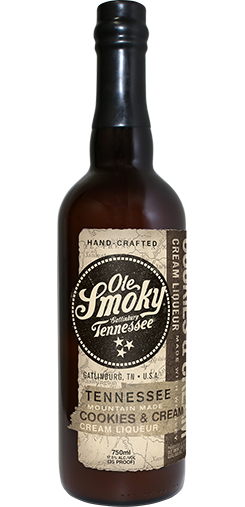
Stillhouse founder and CEO Brad Beckerman says of their mint chip corn whiskey, “We wanted to create a unique flavor profile that no one else had.” And Amanda Mountan of Ole Smoky says of distillery-only releases like Cookies and Cream moonshine, “One reason people like to visit our distillery is because they get to try what is new and something that they can’t get anywhere else.”
For a customer’s money, this adrenaline-seeking might distill down to merely staying one post ahead of the Joneses’ Instagram feed.
Cocktail historian David Wondrich observes, “You can call it the Bourdain Effect—everybody wants to be thought of as an adventurous eater/drinker, and these things grant that illusion without being in any way inconvenient.”
You can call it pretention or label it as existential boredom (as I do). Or you can understand that some of the earliest explorers sought power and riches by casing their ships specifically in search of the food and drink of foreigners. So while sampling unfamiliar foods can certainly kill you (imagine the idiot who first tried hemlock), the discovery and diversification of food can also keep us alive long enough to repopulate a nearly barren planet.
Or long enough to watch one more cat video. Let’s pray we never run out of those.
































